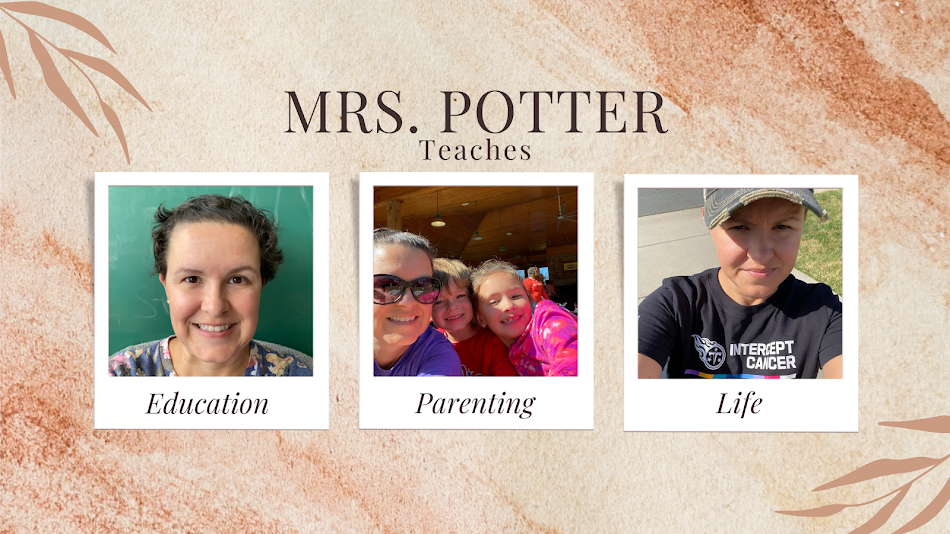I am usually skeptical about adopting new curriculums because oftentimes it seems like a county or department just rushes into picking something without fully implementing it. Not the case with this one. First of all, no offense to our wonderful math department, but our old curriculum was not good. I hated the flow of the units. I did not like how we spent like 1-2 weeks on something and then moved on to something different like they weren't connected at all.
My county decided to adopt the San Francisco Unified School District's math curriculum. You can check out their website here: http://www.sfusdmath.org/curriculum.html The curriculum is available to the public under the Creative Commons Attribution license. All you have to do is click on the Math Portal button. They also would like for you to fill out a short survey.
Side note, I have done some studies on SFUSD during my administration program as they are a school district that has gone through many changes in order to help their student population. They have many English language learners and students living in poverty, which is very similar to the county that I work in, so I was already excited about this curriculum as I knew it would benefit our student population.
I went to a professional development over the summer for the new curriculum and was really impressed. Our county had adopted, adapted, and prepared this curriculum for teachers to be successful from day 1.
A little about the curriculum. (I teach 5th grade, just FYI) We start off with Unit 0, which is an introductory unit. We discuss math norms, introduce math talks, set up our math classroom culture, and introduce the 3-read protocol. There are then 10 units for the entire year. We start off with multiplication and division because honestly in order to do all of the other standards in 5th grade you have to have a foundation in multiplication and division.
The units are set up with an Entry Task (similar to a pre-assessment), then a series of lessons, then an Apprentice Task, another series of lesson, an Expert Task, one more series of lessons, and then the Milestone Task (similar to a post-assessment). I really like that the tasks are just that, actual tasks. They don't feel like an assessment, they have the students solving real world problems, and they allow the teacher to take anecdotal notes while observing the students complete the tasks.
The daily lessons are set up in 3 parts. Launch (engage) with a Math Talk, Explore (where the students are doing some type of hands out task), and Summarize (usually a discussion, gallery walk, and a notebook prompt). There is homework available for each day. While I don't believe in assignment homework every night, I did like that it was an option for students who may need extra practice.
As with any curriculum, this first year was an adventure. It was learning what works and doesn't work for my students and my teaching style. The one thing that I found I struggled with is the timing. I really enjoy doing small math groups to help reenforce or provide enrichment for students based on their needs for each topic. I felt like the tasks that were given during the explore section of the lesson would often take up the majority of our class time, which wasn't a huge deal because the kids were engaged and learning, but I felt like my students also needed time to be retaught some standards from previous years that they were lacking. The only time that centers was built into the curriculum was during lesson series 3 before the Milestone Task.
I am looking forward to (hopefully) getting back to the classroom this fall and being able to adjust the curriculum after having a year under my belt. It has so many positives that I feel positive all of our students will be successful in math if we continue to implement as they move up through the grade levels.

No comments:
Post a Comment